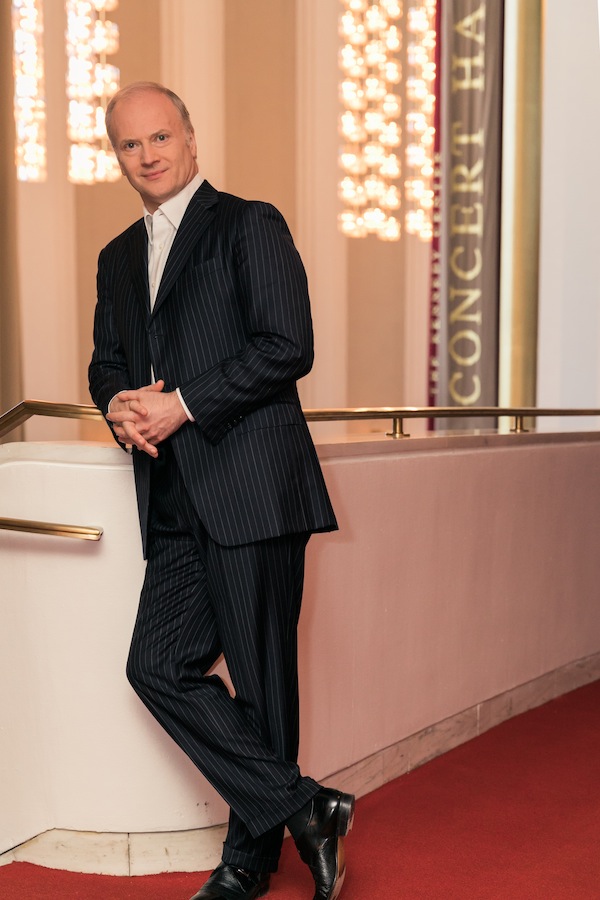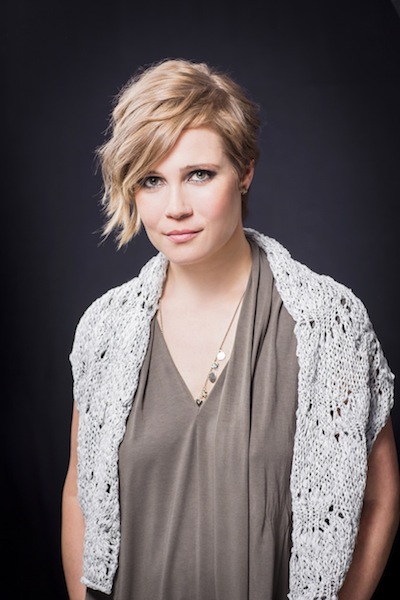Noseda leads a vital NSO in music for light forces

Gianandrea Noseda conducted the National Symphony Orchestra in a program of Mozart and Stravinsky Thursday night at the Kennedy Center. Photo: Tracey Salazar
This week’s National Symphony Orchestra program is a light one–at least in terms of forces.
Yet Thursday night at the Kennedy Center the house was far from light and was respectably full. Perhaps word is getting around that the NSO’s new music director, Gianandrea Noseda, is bringing a potent combination of skill, creativity, and discipline to the podium; he certainly elicited some of the best playing heard from the orchestra this season.
The curtain-raiser was a curious “collaboration” of Mozart and Wilhelm Friedemann Bach (the eldest son of–well, you know). Mozart arranged a Bach keyboard fugue for strings and added his own introduction; the result was a ponderous, Mahlerian creature. Noseda added dynamics and shadings as any pianist would, and drew operatic drama out of the introduction. Perhaps by design, the anomalies sort of paved the way for the Stravinsky Violin Concerto that followed—a piece that also seems to belong to different centuries.

Leila Josefowicz. File photo: Chris Lee
Leila Josefowicz, who has been in town a lot this season, is an uncommonly gifted, energetic, and searching creative artist, who works with many of today’s most prominent composers–most notably, John Adams–premiering and presenting their works worldwide. She is an advocate and instigator, who has done more to upgrade the violin repertoire than almost any other top fiddler.
The Stravinsky Concerto, of course, is not new music in any sense. And it did not come off well in Josefowicz’s overheated rendition.
From her immersion in today’s in-your-face eclecticism, the violinist seemed to be searching out and percussively kicking every syncopation and odd accent in the piece, adding a goodly number of her own. This grew tiring after awhile, and there wasn’t much relief in the singing passages in the middle two movements; too many notes had either a delayed vibrato or none at all, the repeated sudden stopping some kind of baffling modern expressive device. For all her virtuosity, Josefowicz didn’t quite pull off the flying staccato bowing featured in the piece’s finale Thursday and her physical gyrations affected the intonation in a few spots.
For his part, Noseda prevented us from hearing much of the solo line. This brass-heavy work needs a very careful ear for balances and here the NSO’s maestro let the orchestra drown out the soloist far too often.
Stravinsky’s Symphonies of Wind Instruments went much better. Here the NSO winds clearly relished their moment in the sun. Other than a few slightly sour chords near the beginning before everyone got locked in, the performance of this austere, mysterious masterwork was uniformly excellent.
Noseda’s Mozart is a melding of operatic forcefulness with the breathlessness that one often associates with the period-instrument movement. The Symphony No. 39, even with every repeat taken, skated by in record time.
The strings had likely never played the scales in the Adagio introduction so fast before, and it showed. In the ensuing Allegro — an extremely rare (if not unique) use by Mozart of ¾ time in the first movement of a symphony — Noseda beat one in a bar throughout, even in the development section passages with their scurrying 16th notes. Indeed, the tempo was identical to that of the Menuetto (which he also took one-in-a-bar), with its much simpler rhythms.
Yet it was clear, in every phrase that a musician of thoughtful probity was in charge. The shaping of the melodies in the slow movement was what great music-making is about, and even in the fast movements, there was logic and direction in everything Noseda did. The NSO musicians were fully invested, and this performance suggests that even greater things may come in the future.
The program will be repeated 11:30 a.m. Friday and 8 p.m. Saturday. kennedy-center.org; 202-467-4600



